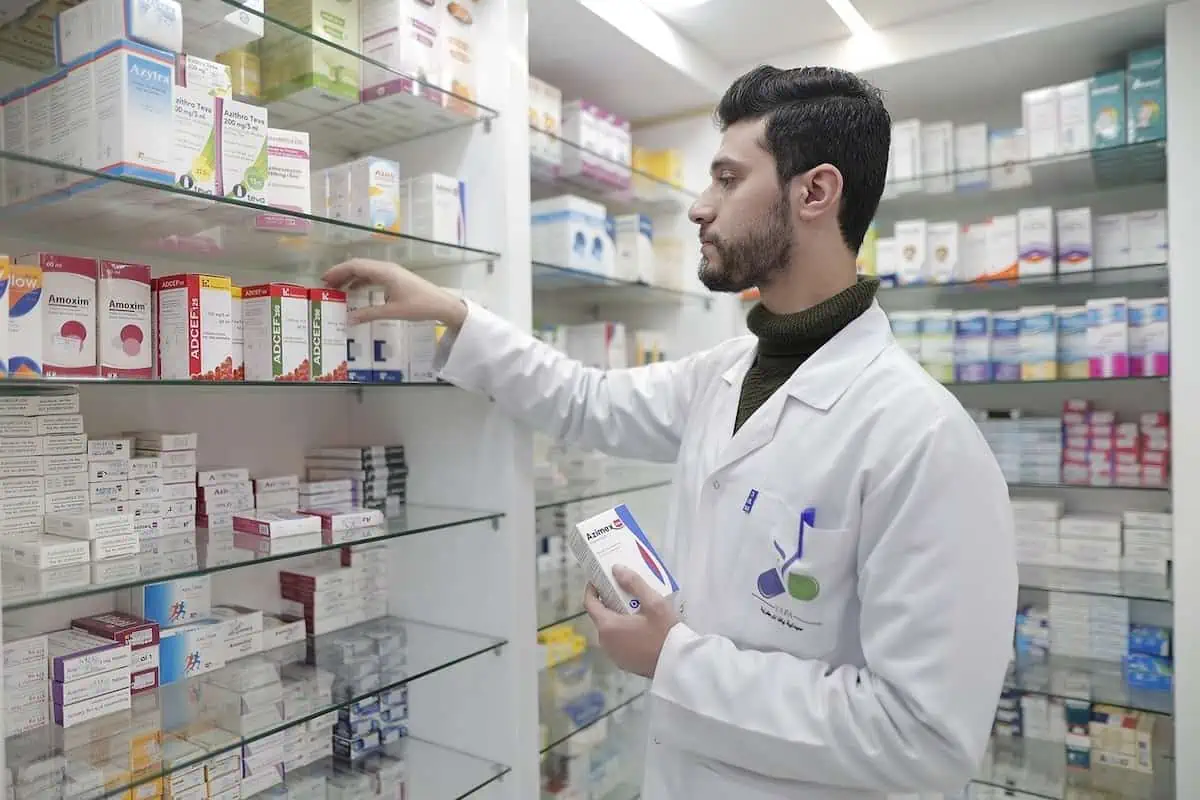Navigating the pharmaceutical supply chain is no simple feat. It’s a labyrinth of processes, from sourcing ingredients to delivering the final product to consumers, with numerous intricate components operating behind the scenes.
The journey is fraught with challenges, from the intricate nature of the process to the stringent safety regulations that must be adhered to, all of which contribute to high costs and complexities.
Let’s delve into the workings of the pharmaceutical supply chain and explore some common challenges, along with modern solutions to surmount them.
Understanding the Pharma Supply Chain
At its core, the pharmaceutical supply chain begins with manufacturing, where active pharmaceutical ingredients and other materials are acquired for production.
Various types of pharmaceutical products, including capsules, liquids, and aerosols, must adhere to regulatory standards set by governing bodies such as the Food and Drug Administration (FDA) in the U.S.
Once manufactured, products move on to packaging, a critical step that involves design, labeling, and material selection, all subject to strict regulations. Specialized storage facilities are often required to maintain product quality, particularly for cold chain-specific medicines and vaccines, which is vital for the subsequent distribution phase.
Distributors play a crucial role in supplying packaged products to healthcare markets like pharmacies and retail businesses. Both distributors and recipients must comply with storage requirements and safety regulations to preserve product quality until it reaches the end consumer.
Infographic provided by trailer spotting services company, NetCorpChallenges and Solutions
One significant challenge is maintaining proper temperature control during transportation, which can affect both production materials and finished products, leading to compliance issues and quality control challenges. Utilizing reliable transportation services equipped with refrigerated trucks and equipment is crucial to safeguarding product quality.
Additionally, challenges such as poor shipment visibility and ineffective coordination in pharmaceutical logistics can disrupt the supply chain. Implementing advanced tracking and real-time monitoring technology can enhance efficiency and mitigate the impact of disruptions.
Investments in cutting-edge technology are driving the pharmaceutical logistics market, with expectations to exceed 96 billion euros by 2025, emphasizing the industry’s commitment to operational excellence and innovation.
For further insights into the pharmaceutical supply chain and strategies for improvement, explore the accompanying resource from NetCorp.
Resources
www.roambee.com/pharmaceutical-supply-chain-guide/
medpak.com/pharmaceutical-supply-chain-management/
Article and permission to publish here provided by Katelynn Varrige. Originally written for Supply Chain Game Changer and published on March 20, 2024.
Cover image by hosny salah from Pixabay.

